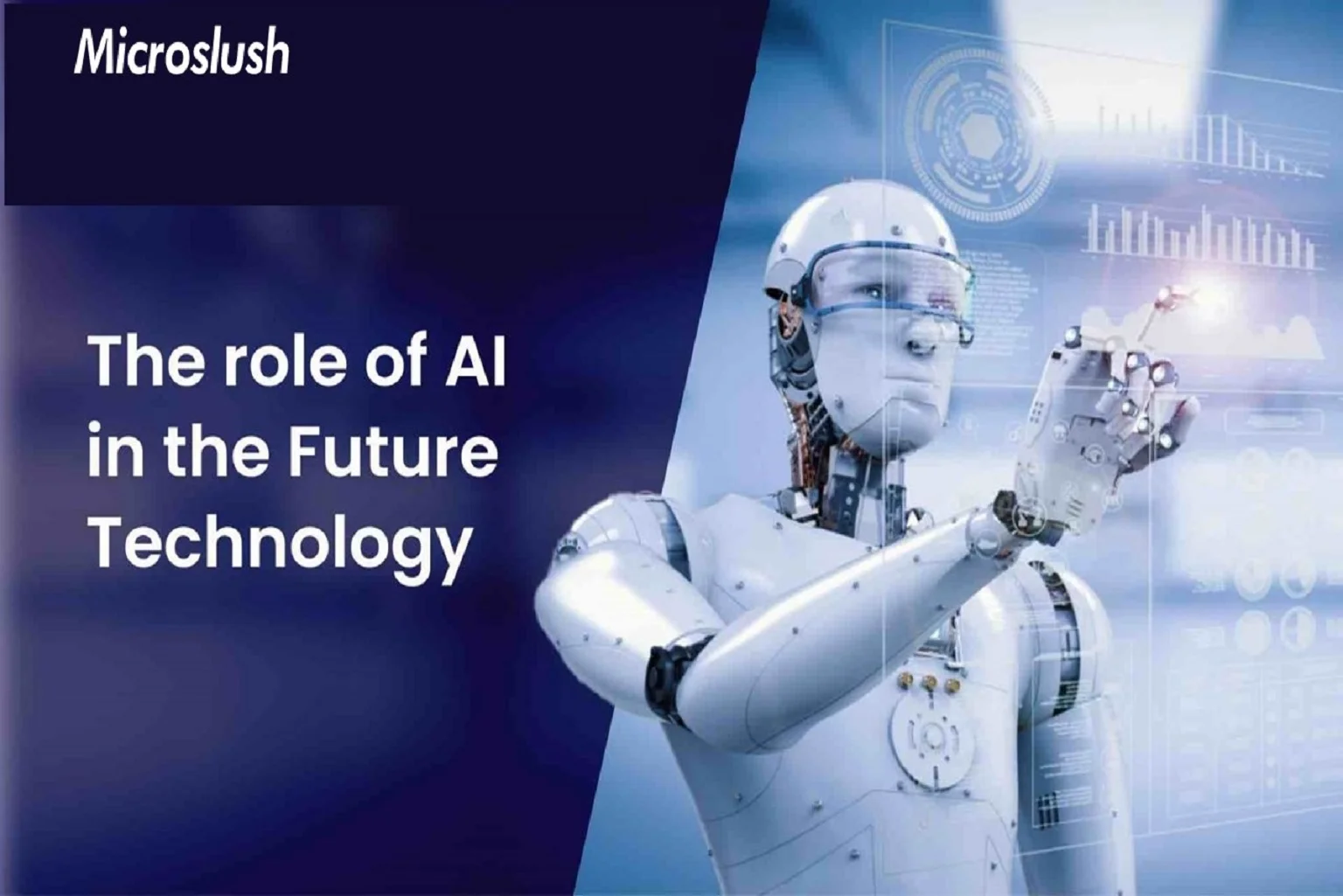12 Jan

Is AI the Future of Technology? Artificial intelligence (AI) is rapidly becoming one of the most talked-about and influential technologies of our time. With the ability to analyze vast amounts of data, make predictions, and automate repetitive tasks, AI has the potential to revolutionize nearly every industry and change the way we live and work. Some Top tech companies that provide the best services for AI and data science are Microslush, Daffodil, and Flexsin. When it comes to AI, there are many types.
Here’s What’s New in the Field of Technology?
Here are a few of the latest developments in AI.
- Advance Machine Learning
- Neutral networks
- Natural Language processing
- Computer Vision
- Robotics
1. Advance Machine Learning:
Machine learning algorithms are at the heart of AI, and researchers are constantly working to improve their accuracy and efficiency. One promising development is the use of deep learning algorithms, which are based on neural networks with many layers. These algorithms can learn to recognize patterns and make predictions in a way that is similar to the way the human brain works. This has led to breakthroughs in areas such as image recognition, natural language processing, and speech recognition.
2. Neutral Networks:
Neural networks are a type of machine learning algorithm that is inspired by the way the human brain works. They consist of layers of interconnected “neurons” that can learn to recognize patterns and make predictions. One of the most popular types of neural networks is the convolutional neural network (CNN), which is particularly good at recognizing patterns in images. Another type of neural network is the recurrent neural network (RNN), which is particularly good at processing sequential data such as speech or text.
3. Natural Language processing:
Natural language processing (NLP) is a branch of AI that focuses on understanding and interpreting human language. NLP techniques are used to analyze text, speech, and other forms of natural language data. This has led to the development of AI systems that can understand and respond to human language in a more natural and intuitive way. For example, AI-powered chatbots are being used to provide customer service and answer questions, while AI-powered personal assistants are being used to help people manage their calendars and schedule appointments.
4. Computer Vision:
Computer vision is a branch of AI that focuses on analyzing and understanding images and video. This has led to the development of AI systems that can automatically detect objects, faces, and other features in images and video. This has many applications in fields such as security, healthcare, and retail. For example, AI-powered surveillance cameras can automatically detect suspicious behavior, while AI-powered medical imaging systems can automatically detect diseases.
5. Robotics:
AI is also being used to create more advanced and intelligent robots that can perform a wide range of tasks. One of the most exciting developments in this area is the use of deep learning algorithms to train robots to perform tasks such as grasping objects, walking, and navigating. This has led to the development of robots that can work alongside humans in warehouses, factories, and other environments.
It’s worth noting that the field of AI is constantly evolving and new types of AI may emerge in the future. Each of these types of AI can bring a unique set of capabilities to various fields and industries, helping to solve complex problems and automate tasks that were once only possible with human intelligence.
For Tech related queries, the Microslush team provides the best services and responses to customers on time. Contact us at https://www.microslush.com/index.php/contact/.


